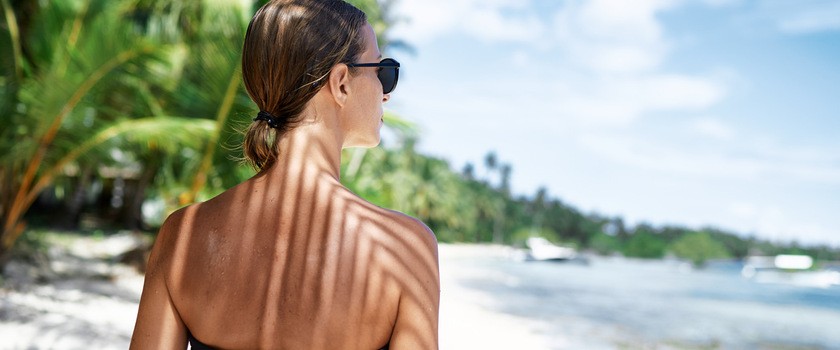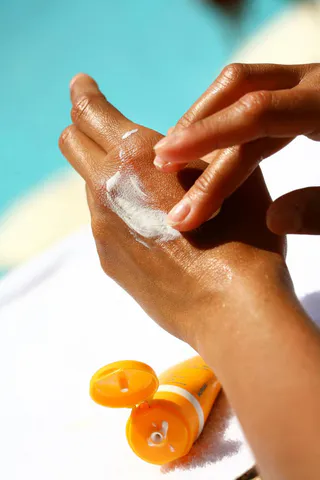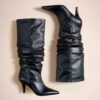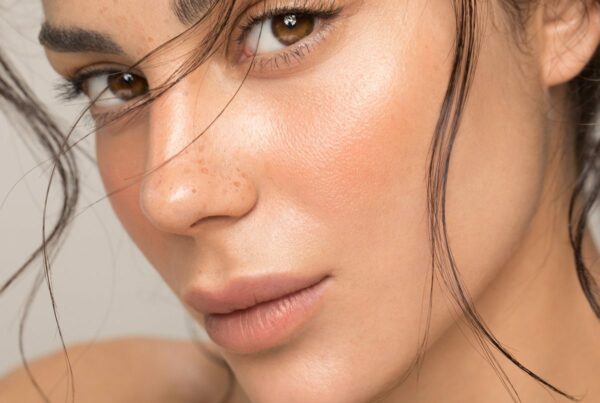Table of Contents
First Aid for Sunburn: Soothing Your Skin
Sunburn is an uncomfortable and potentially harmful skin condition caused by excessive exposure to the sun’s ultraviolet (UV) rays. While it’s always best to prevent sunburn through proper sun protection, knowing how to treat it effectively is crucial. In this comprehensive guide, we’ll explore the causes, symptoms, and first aid measures for sunburn, as well as tips for preventing it in the future.
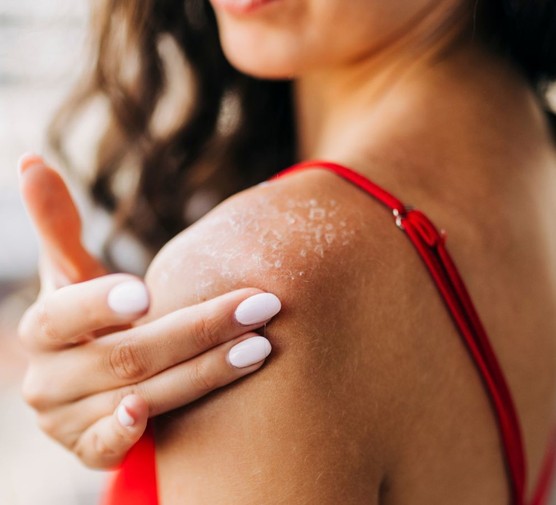
Understanding Sunburn
Sunburn occurs when your skin’s natural defense mechanisms are overwhelmed by UV radiation. This damage to the skin’s cells triggers an inflammatory response, leading to redness, pain, and other uncomfortable symptoms.
Symptoms of Sunburn
The signs and symptoms of sunburn typically appear within a few hours of excessive sun exposure and can include:
- Redness: The most common symptom, often accompanied by a warm sensation.
- Pain: Sunburned skin can be tender, sore, and even painful to the touch.
- Swelling: In severe cases, the affected area may become swollen.
- Blisters: These can form in more severe cases and should be treated with extra care.
- Fever: In rare cases, sunburn can lead to a fever, especially in children.
First Aid for Sunburn
If you’ve experienced sunburn, it’s important to take immediate steps to soothe your skin and promote healing. Here’s what you can do:
- Cool the skin: Apply cool, damp cloths or take a cool shower to help reduce inflammation and pain. Avoid ice, as it can further damage the skin.
- Hydrate: Drink plenty of water to prevent dehydration, as sunburn can lead to fluid loss.
- Moisturize: Use an aloe vera-based lotion or a gentle moisturizer to hydrate the skin and relieve discomfort.
- Over-the-counter pain relievers: Nonsteroidal anti-inflammatory drugs (NSAIDs) like ibuprofen or naproxen can help reduce pain and inflammation.
- Avoid further sun exposure: Protect your sunburned skin from additional UV rays by wearing protective clothing and seeking shade.

When to Seek Medical Attention
While most sunburns can be treated at home, it’s essential to seek medical attention if you experience any of the following symptoms:
- Severe pain
- Blistering over a large area
- Fever
- Chills
- Nausea or vomiting
- Signs of infection, such as pus or increased redness
Preventing Sunburn
The best way to treat sunburn is to prevent it from happening in the first place. Here are some essential sun protection tips:
- Apply sunscreen: Use a broad-spectrum sunscreen with an SPF of 30 or higher and reapply every two hours.
- Seek shade: Limit your time in the sun, especially during peak hours (10 AM to 4 PM).
- Wear protective clothing: Cover up with long-sleeved shirts, pants, hats, and sunglasses.
- Check medications: Some medications can increase your skin’s sensitivity to the sun, so consult your doctor if you have concerns.
Sunburn and Skin Care: A Deeper Dive
While immediate first aid is crucial for sunburn relief, proper skin care in the days following can significantly impact healing and prevent long-term damage.
Moisturizing Your Sunburned Skin
Hydration is key to restoring your skin’s barrier function after sunburn. Look for moisturizers specifically formulated for sensitive skin. Ingredients like aloe vera, hyaluronic acid, and ceramides are particularly beneficial.
- Aloe vera: This natural wonder has soothing and anti-inflammatory properties, helping to reduce redness and pain.
- Hyaluronic acid: Known for its exceptional hydration capabilities, hyaluronic acid helps lock in moisture and promote skin repair.
- Ceramides: These lipids are essential for skin barrier function. They help restore the skin’s protective layer, preventing moisture loss and irritation.
Avoid products containing fragrances, alcohol, or other harsh chemicals, as these can further irritate sunburned skin.
Exfoliation: When and How
While exfoliation is generally beneficial for skin health, it’s important to avoid it while your skin is healing from sunburn. Exfoliating sunburned skin can remove the top layer of skin prematurely, increasing the risk of infection and prolonging the healing process.
Once your skin has fully recovered, gentle exfoliation can help remove dead skin cells and promote cell turnover. Opt for a gentle exfoliator with hydrating ingredients to avoid further irritation.
Sun Protection Post-Sunburn
Even after your sunburn has healed, your skin remains more susceptible to damage from the sun. It’s crucial to continue using broad-spectrum sunscreen with an SPF of 30 or higher to protect your skin from future burns and premature aging.
Sunburn and Skin Cancer
The dangers of sunburn extend beyond immediate discomfort. Repeated sunburns significantly increase your risk of developing skin cancer, including melanoma, a potentially deadly form of skin cancer.
To protect yourself:
- Regular skin checks: Conduct self-exams regularly to identify any changes in your skin, such as new moles, changes in existing moles, or unusual spots.
- Professional skin exams: Schedule regular check-ups with a dermatologist for early detection of skin cancer.
- Limit sun exposure: Protect your skin from excessive sun exposure by seeking shade, wearing protective clothing, and using sunscreen.
Sunburn Myths Debunked
There are many misconceptions about sunburn and its treatment. Let’s clear up some common myths:
- Myth: Butter or oil can help soothe sunburn.
- Fact: These products can actually trap heat in the skin, worsening the burn.
- Myth: Sunburn is a healthy way to get vitamin D.
- Fact: Excessive sun exposure increases your risk of skin cancer, and there are safer ways to get vitamin D.
- Myth: Tanning is a safe alternative to sunburn.
- Fact: A tan is a sign of skin damage and increases your risk of skin cancer.
Conclusion
Sunburn is a preventable condition that can cause significant discomfort and long-term skin damage. By understanding the causes, symptoms, and treatment options, you can effectively care for sunburned skin and reduce your risk of skin cancer. Remember, prevention is key. Protect your skin from the sun by using sunscreen, seeking shade, and wearing protective clothing.


